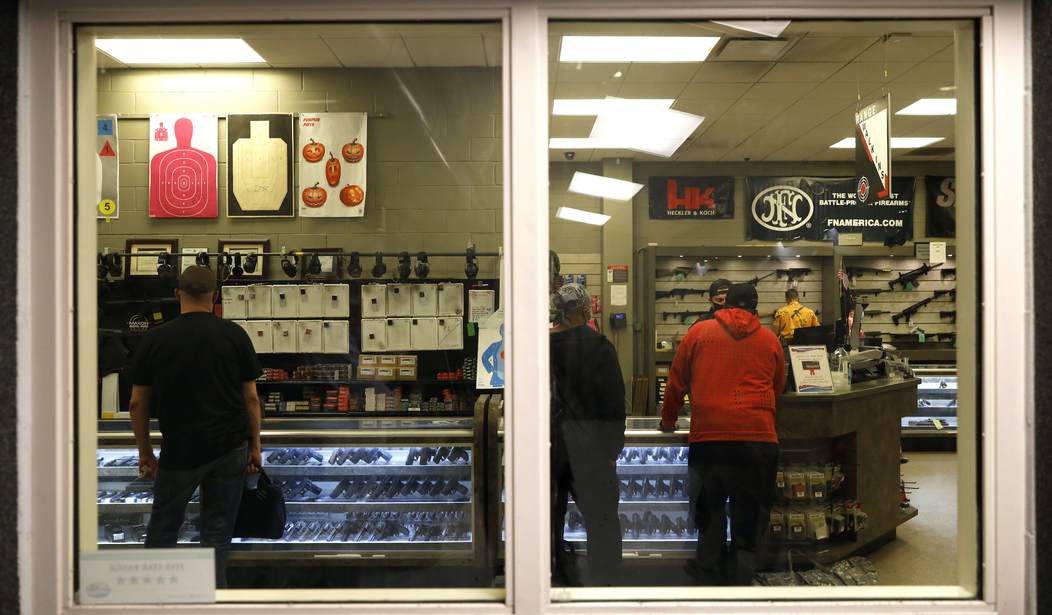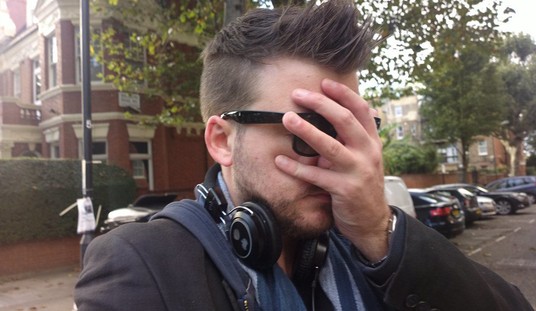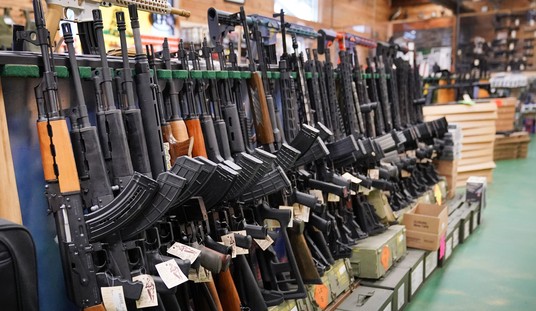The Fourth Circuit Court of Appeals delivered a major blow to gun control activists on Tuesday, ruling 2-1 that a ban on gun sales for those under the age of 21 violates the Second Amendment rights of young adults. The appellate court ruling reverses the decision by the trial judge in the case, who had declared that federal law forbidding the sale of handguns to those under the age of 21 did not impose an unconstitutional restriction on the right to keep and bear arms, with Fourth Circuit Judge Julius Richardson forcefully declaring that “our nation’s most cherished constitutional rights vest no later than 18. And the Second Amendment’s right to keep and bear arms is no different.”
We first find that 18-year-olds possess Second Amendment rights. They enjoy almost every other constitutional right, and they were required at the time of the Founding to serve in the militia and furnish their own weapons. We then ask, as our precedent requires, whether the government has met its burden to justify its infringement of those rights under the appropriate level of scrutiny.
To justify this restriction, Congress used disproportionate crime rates to craft overinclusive laws that restrict the rights of overwhelmingly law-abiding citizens. And in doing so, Congress focused on purchases from licensed dealers without establishing those dealers as the source of the guns 18- to 20-year-olds use to commit crimes. So we hold that the challenged federal laws and regulations are unconstitutional under the Second Amendment.
Despite the weighty interest in reducing crime and violence, we refuse to relegate either the Second Amendment or 18- to 20-year-olds to a second-class status.
As Richardson succinctly explains in his ruling, there are plenty of good reasons why an adult under the age of 21 might want to purchase a handgun for self-defense. In fact, he pointed to the specific circumstances of one of the plaintiffs in the case.
Nineteen-year-old Natalia Marshall had good reason to seek protection. She had been forced to obtain a protective order against her abusive ex-boyfriend who, since the issuance of the order, had been arrested for unlawful possession of a firearm and controlled substances. He was released on bail but never came to court, leading to the issuance of a capias for his arrest.
Along with the threat from her ex-boyfriend, Marshall works as an equestrian trainer, often finding herself in remote rural areas where she interacts with unfamiliar people. Having grown up training with guns, she believes that a handgun’s ease of carrying, training, and use makes it the most effective tool for her protection from these and other risks. But because Marshall was 18 when she tried to buy a handgun, a federal law prevented her from buying from a licensed dealer who would perform a background check to verify that she was not a felon or other prohibited person. She preferred using a licensed dealer because they tend to have a wider supply, a good reputation, and a guarantee that the guns have not been used, stolen, or tampered with. She is now 19 and remains unable to buy a handgun from a federally licensed dealer for self-defense.
Richardson then elaborates on the scheme that prevented under-21s from lawfully purchasing handguns through federally licensed firearms retailers, which largely rested on the argument that those under the age of 21 were disproportionately responsible for committing violent crimes, and that handguns were their favorite weapons of choice. While that may be the case, as the judge points out, the vast majority of young adults do not commit violent crimes at all, and the ban on lawfully purchasing handguns on all under-21s ends up doing far more harm to law-abiding citizens than it does to violent criminals. In fact, Richardson goes further, pointing out that Congress never ascertained whether these young criminals were actually getting their guns through legal gun sales in the first place (hint: they’re not).
This is a solid decision from the Fourth Circuit Court of Appeals, and it’s going to be very interesting to see what the response from the Department of Justice will be. Attorney General Merrick Garland could ask for an en banc review from the entire Fourth Circuit, or the DOJ could take their appeal directly to the Supreme Court. Either way, SCOTUS is going to soon get a chance to affirm what Judge Richardson said today; that the Second Amendment is not a second-class right and young adults are not second-class citizens.








Join the conversation as a VIP Member